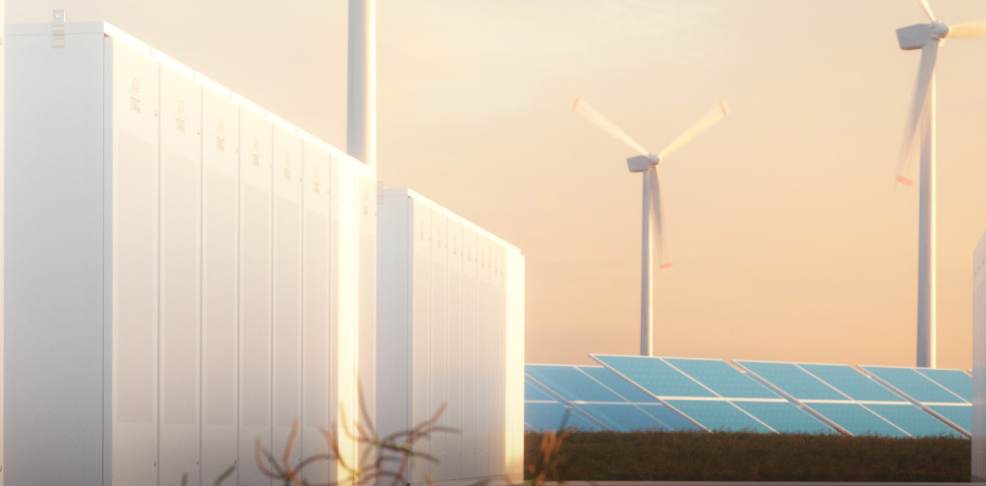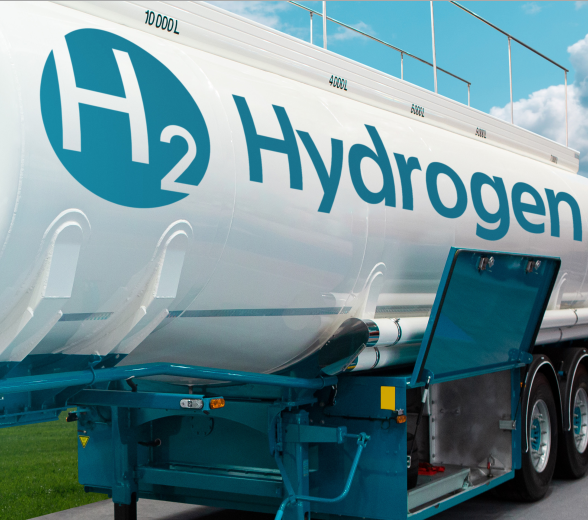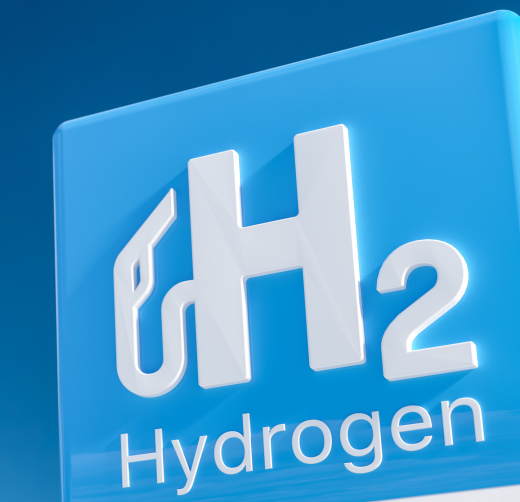We invite you to read the Vietnam Green Hydrogen Development Scenario by the authors Pham Duy Hoang and Ngo Thi To Nhien, download the file according to the link below. Mr. Pham Duy Hoang is a Research Specialist
Vietnam Energy Transformation Initiative (VIETSE)
Ms. Ngo Thi To Nhien is the Managing Director
Vietnam Energy Transformation Initiative
Summary
Hydrogen can generate high heat and generate electricity without emitting pollutants or greenhouse gases. In the energy transition towards net zero emissions , hydrogen plays an important role in decarbonizing sectors that currently depend on fossil fuels, such as transportation . loads and industry. Moreover, hydrogen also contributes to future socio- economic development ,such as increasing job opportunities, raising incomes and contributing to GDP growth. [1], [2], [3], [4].
Global hydrogen demand is 87 million tons by 2020. However , 96% of global hydrogen today is produced from natural gas or coal due to production costs and available technology [1]. The cost of producing hydrogen from renewable energy sources is expected to become more competitive by the end of this decade [ 5 ], creating a great opportunity for the future development of the green hydrogen industry . Demand forecastGlobal hydrogen demand is expected to be 500-600 million tons by 2050 [5]. Currently , more than 20 countries have announced strategies and roadmaps for hydrogen development, including Germany, France, Australia, Japan, Korea, etc. For example, according to the European hydrogen roadmap , the rate of hydrogen taking could account for up to 24% of total energy demand in industry , transport , heating and power generation by 2050 [3]. IAEA Research(2022) indicated that the cost of green hydrogen production in Vietnam could be cheaper than blue hydrogen by 2028 [6].
Green hydrogen development is essential for Vietnam's energy transition . Green hydrogen can help Vietnam realize its ambitious commitments at COP26 by reducing carbon emissions from power generation, transportation and industry, increasing energy diversity and reduce the need for coal imports . The development orientation and application of hydrogen was mentioned in Resolution No. 55/NQ-TW ofParty Central Committee , draft electricity development planning period 2021 - 2030, with a view to 2045 (Draft PDP8, 2022), National energy master plan 2021 - 2030, vision to 2050 (Draft NEP, 2022), National green growth action plan 2021 -2030 (Decision 882/QD-TTg/2022), Approval of the Scheme on tasks and solutions to implement COP26 results on climate change (Decision 888/QD-TTg/2022), and the National Strategy on climate change. climate change to 2050 (Decision 896/QD-TTg/2022). Accordingly, green hydrogen is oriented to be used in industries, transportation and combustion in coal and gas power plants.
Hydrogen makes an important contribution to decarbonization from industries currently heavily dependent on fossil fuels, such as industry, transportation and power generation; energy transition and building a roadmap towards net zero emissions. The hydrogen economy contributes to future socio-economic development, including increased employment opportunities, improved income and GDP growth. [1],[2], [3], [4].
The current global hydrogen demand is 87 million tons and is projected to increase to 500-600 million tons by 2050 [5]. 96% of global hydrogen is produced from natural gas or coal due to production costs and technological maturity [1]. However, with the expectation that the cost of producing green hydrogen from renewable energy sources will decrease, the green hydrogen production industry is expected to expand by the end of the decade. Several countries, such as Germany, France, Australia, Japan and South Korea, have announced strategies and roadmaps for hydrogen development. For example, the European hydrogen development roadmap predicts that hydrogen could account for up to 24% of total energy needs by 2050 [3].
In the future, hydrogen will continue to be used in existing industries and expand into a number of new areas such as heavy industry, transportation, heat and power generation. However, the application of hydrogen in these new fields must have a specific roadmap, considering the availability of the technology, energy efficiency, competitiveness with other clean technologies such as gas electricity. logistics, supply security, storage, transportation and supply chain. In addition to scaling up production, continuous research, testing and technological innovation is required to improve the efficiency and performance of the entire hydrogen value chain.
In Vietnam, hydrogen production and consumption is on a small scale and used locally. In 2020, about 496 thousand tons of gray hydrogen will be consumed. Of which, more than 99.5% is used in refineries and fertilizer plants, the rest is mainly used in the steel annealing industry and float glass.
The development of green hydrogen is considered urgent in the energy transition in Vietnam. A number of policies have laid the foundation for green hydrogen development in Vietnam, such as Resolution 55/NQ/TW/20201; Decision 1266/QD-TTg/20202; Decision 876/QD-TTg/20223; Decision 882/QD-TTg/20224; Decision 888/QD-TTg/20225; Decision 896/QD-TTg/20226; Draft Power Planning VIII7 (Draft PDP8, 2022); and Draft National Energy Master Plan8 (Draft NEP, 2022). Accordingly, the development of hydrogen production and application in industry, transport, power generation and green energy sources is being promoted in Vietnam towards the goal of net zero emissions at both levels. country and sector level by 2050.
Vietnam has a lot of potential to produce green hydrogen from renewable energy sources. Based on a map of solar radiation and wind speed, the theoretical maximum potential for green hydrogen production in Vietnam is about 52.9 - 58.5 million tons per year, using existing electrolysis technology and surplus renewable energy sources. However, achieving this maximum potential requires increased development of renewable energy sources, infrastructure and energy efficiency as well as production technology. Accelerating the exploitation of the potential of renewable energy is necessary, facilitating the energy transition and reducing emissions at the sectoral level of Vietnam. The study proposes to deploy green hydrogen in the economic sectors of Vietnam as follows:
- Gradual replacement of gray hydrogen currently used in refineries, fertilizers and chemicals: Replacing gray hydrogen with green hydrogen in existing industries can be done easily and without many challenges in the process convert.
- Use of green hydrogen in the field of steel and cement production: Currently, the use of hydrogen in these industries is facing many challenges due to the technology not yet ready and the low energy efficiency. The application is expected to be widely deployed after 2030 as the technology has advanced.
& Using green hydrogen as an alternative fuel for long-distance trucking, rail, water and air: The use of hydrogen as a fuel in these modes of transport is still in the development, research and development stages. Pilot studies and predictions can be widely deployed after 2030. Development of fuel cell infrastructure is one of the challenges that need to be overcome.
Use green hydrogen for storage and flexible sources of electricity instead of burning it in coal and gas power plants: Co-burning of hydrogen and ammonia may not be a practical option for reducing greenhouse gas emissions. coal and gas power plants in the coming years because co-firing hydrogen and ammonia is expensive and inefficient. In the long term, hydrogen and ammonia-burning plants could be a flexible low-emission option.
Export of green hydrogen: In addition to production for domestic demand, green hydrogen can also be exported to potential markets to support socio-economic development and growth of the hydrogen economy.
The study estimates the potential demand for green hydrogen in Vietnam in 2050 to be about 4.42-9.17 million tons. The biggest demand is from flexible power sources, estimated at 1.97 - 4.29 million tons. The demand for green hydrogen in the industrial and transport sectors will be in the range of 1.88 - 2.85 million tons and 0.56 - 1.4 million tons, respectively. To meet this demand will need to add 230 - 477 TWh from renewable energy, equivalent to 17% - 35.5% of total national electricity production by 2050.
To develop the green hydrogen industry, Vietnam needs specific policies to attract capital and encourage production and consumption. In the immediate future, Vietnam should study and implement pilot projects and establish regulations, standards, guidelines and policies for green hydrogen development. In the long term, increased investment in infrastructure and the hydrogen supply chain is needed to meet potential future demand. Suggested short-term policies include:
& Develop a roadmap for hydrogen development to set specific goals and strategies for each implementation level.
- Develop a framework of policies, regulations and guidelines to promote green hydrogen development.
- Develop and implement pilot projects.
- Develop specific policies to encourage the production and use of green hydrogen, increase investment in infrastructure, supply chains, and support technology development.
- Strengthen policies for the development and optimization of renewable energy sources such as policies on the use of marine space and the development of offshore wind power.
- Develop standards and technical guidelines on safety in the production, storage, transport and use of hydrogen.
- Develop policy tools, such as carbon pricing, to promote the use of green hydrogen as an alternative to fossil fuels.
Vietnam Green Hydrogen Development Scenario Author Pham Duy Hoang And Ngo Thi To Nhien ( download PDF file )









